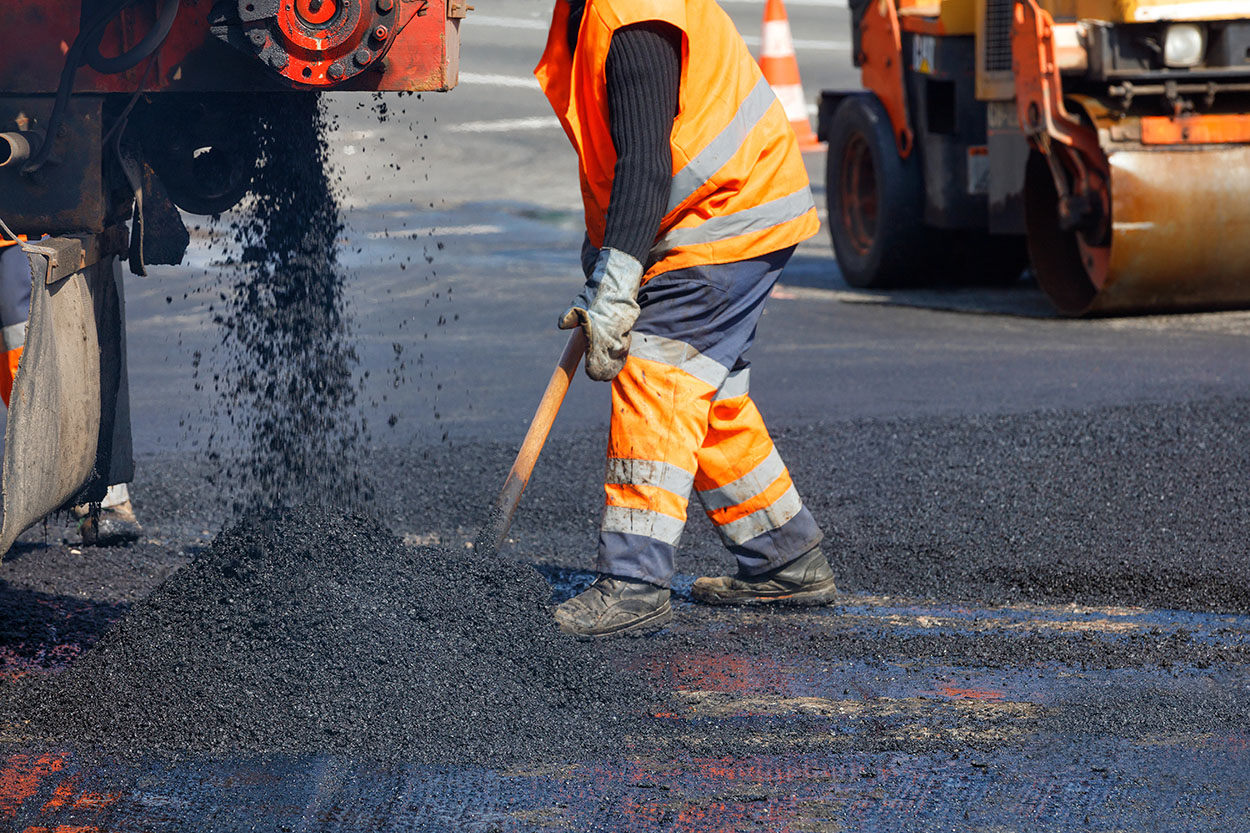
Safety measures in asphalt paving: ensuring smooth surfaces and traffic flow
As we navigate our modern world, where transportation and infrastructure play pivotal roles, it is essential to recognize the significance of safe and well-maintained pavements. Whether we are driving, walking, or cycling, the condition of the surfaces we traverse directly impacts our safety, convenience, and overall experience. From preventing accidents and injuries to optimizing traffic flow and enhancing the overall functionality of our roadways, prioritizing paving safety is an endeavor that benefits everyone. So, let’s delve into the details and discover why a steadfast commitment to safe and reliable pavements is vital for our communities and the smooth operation of our transportation systems.
Handling
Working with asphalt requires a great deal of attention to safety because of the inherent dangers of the material. Asphalt is highly viscous and hot, which means that it can cause serious burns and injuries if it’s not handled carefully. To avoid accidents, it’s crucial to be extremely cautious and take all necessary precautions. To reduce the risk of burns, slips, falls, and other incidents, it’s important to implement safety measures like using appropriate protective gear, following proper handling procedures, and creating a safe work environment. Prioritizing safety not only protects workers but also increases productivity and promotes a positive work culture that values the health and safety of everyone involved in asphalt handling.
Smooth Surfaces
Smooth surfaces play a crucial role in ensuring safety when it comes to paving. A well-maintained and even surface promotes enhanced traction and reduces the risk of accidents, particularly for vehicles and pedestrians. A smooth pavement allows vehicles to maintain better control and stability, minimizing the chances of skidding or loss of control, especially during inclement weather conditions. For pedestrians, a smooth surface provides a stable and secure footing, reducing the likelihood of slips, trips, and falls. Furthermore, a smooth pavement facilitates better visibility of road markings, signs, and potential hazards, allowing drivers and pedestrians to navigate the area safely. By prioritizing the creation and maintenance of smooth surfaces during paving, safety risks can be significantly mitigated, contributing to safer transportation and improved overall road safety.
Traffic Control
Traffic control plays a vital role in ensuring safety during paving operations. Effective traffic control measures help maintain a controlled and organized flow of vehicles, reducing the risk of accidents and promoting a safer work environment. By implementing appropriate signage, barricades, and flagging procedures, traffic control measures help alert drivers to the presence of construction activities and guide them safely through the work zone. This reduces the likelihood of collisions, protects workers and pedestrians, and minimizes traffic disruptions. Additionally, proper traffic control ensures that drivers are aware of changes in road conditions, lane closures, and detours, preventing confusion and promoting smoother traffic flow. By prioritizing comprehensive traffic control strategies during paving, potential hazards are mitigated, and the safety of both workers and road users is upheld.





